Too much or too little light can lead to physical discomfort, errors and energy inefficiency.
Understanding light patterns can help to improve energy savings in buildings.
No rating
Origin
Natural daylight and artificial light from luminaires and self-luminous displays
Effects
can impair comfort, concentration and productivity; can promote energy waste
Improvement measure(s)
Motion detectors; optimization of shading and lighting
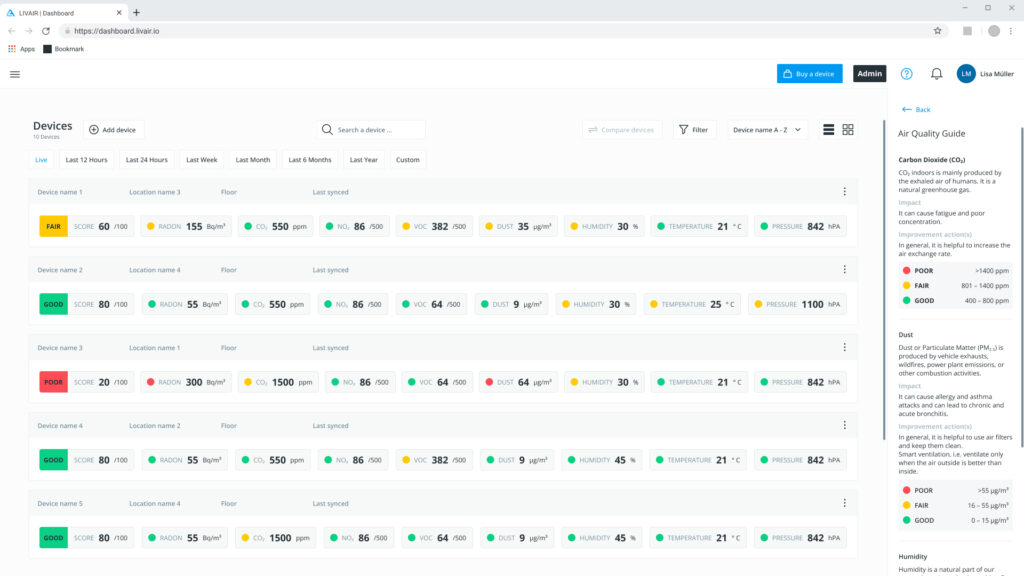

You can find all your real-time results in our dashboard with integrated air quality guide
The Air Quality Guide (AQG) is designed to help users quickly and easily classify their measured air values on a scale.
It will inform you about the origin of the relevant air factor, what effects it can have on your health and well-being and give you some general improvement measures that can work if you don't have complex problems.
LivAir One - the most intelligent air quality monitor
The LivAir monitor is equipped with a variety of sensors. The centerpiece is our patented radon sensor.
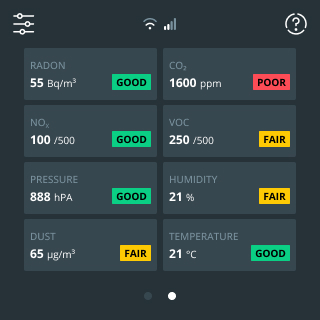
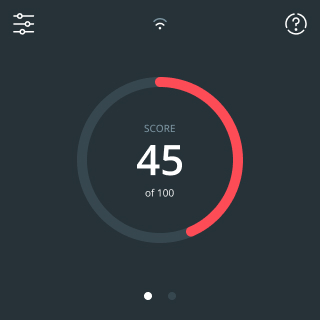
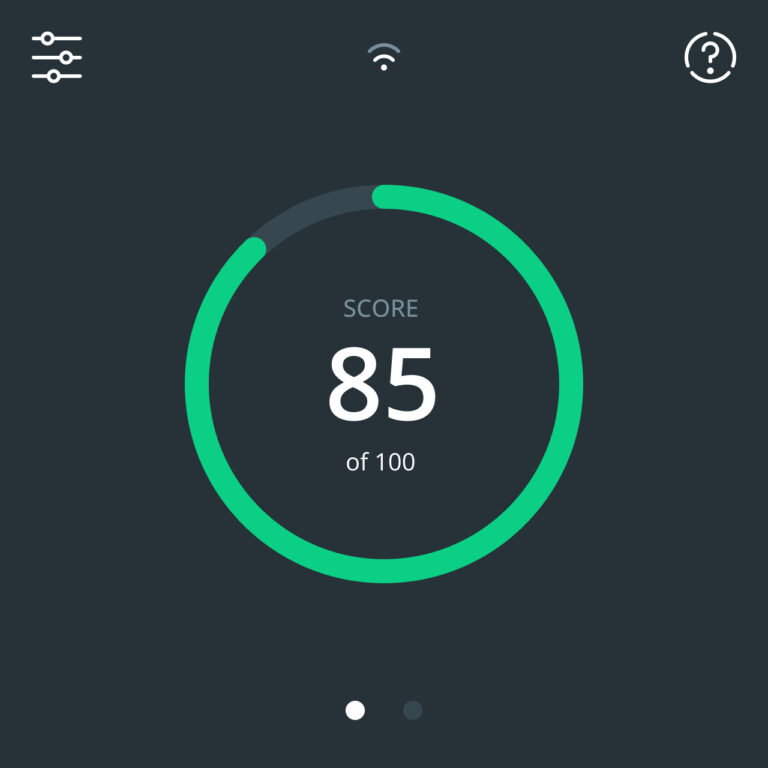
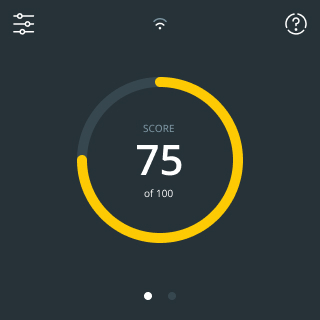
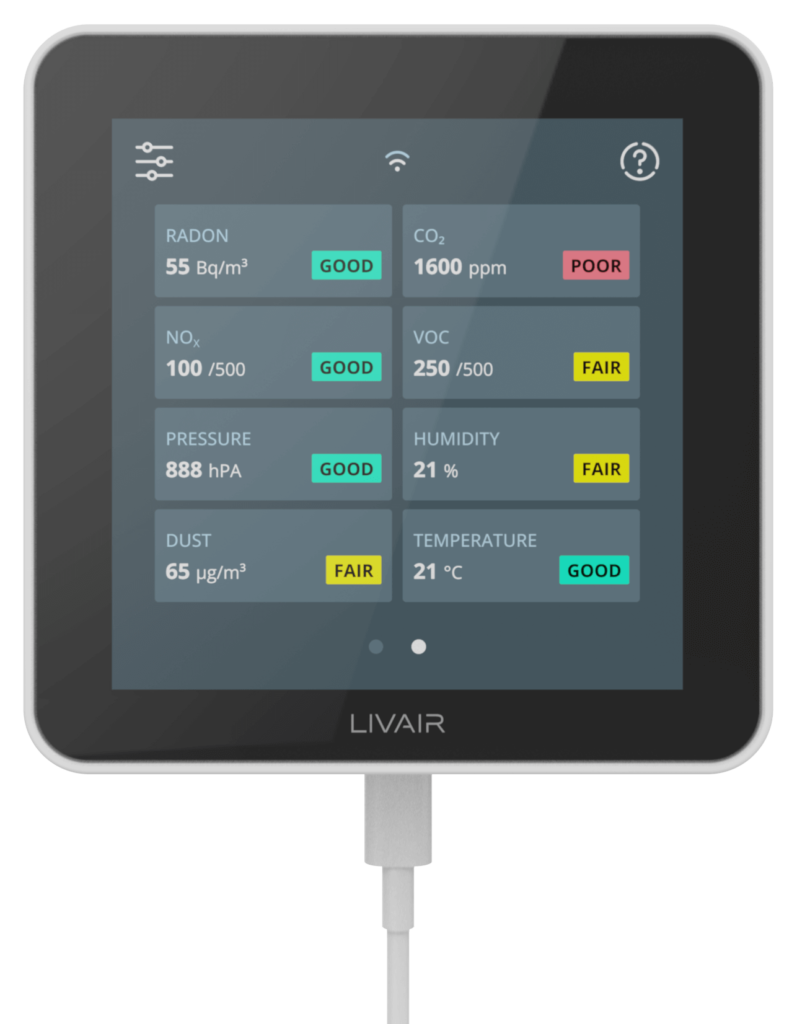

Make the invisible visible
and book your consultation now!
Take a look at how Livair ensures better indoor air.
- invest only 20 minutes of your time
- completely non-binding
- 100% Added value for you
Find out more about our other built-in sensors
Particulate matter is not just a pollutant. It is rather a collection of dust, dirt and liquid particles floating in the air. Some of them, such as smoke, smog or soot, are so large that you can see them. However, we cannot see the harmful components. These reach your lungs and even your bloodstream. The healthier the air, the less particulate matter is produced.
Particulate matter can be dangerous for humans when.
...it is present in high concentrations in the air. The health effects of particulate matter include respiratory problems, cardiovascular diseases, strokes and lung cancer. Particulate matter is particularly dangerous for children, the elderly and people with pre-existing health problems.
The concentration of particulate matter is usually measured in micrograms per cubic meter of air (µg/m³). The World Health Organization (WHO) recommends an average annual exposure limit of 10 µg/m³ for PM2.5.

Where does particulate matter occur indoors and why?
Indoor particulate matter can come from a variety of sources, including smoking, cooking, cleaning products, mold and even outdoor air. The concentration of particulate matter indoors can be higher than in outdoor air due to limited air circulation and the lack of natural cleaning processes.
People who spend a lot of time indoors, such as children, the elderly or people with chronic illnesses, are particularly at risk. However, there are some measures that can be taken to reduce the risk of fine dust indoors, such as regular ventilation, the use of air filters or avoiding air pollutants.
How can particulate matter be measured?
The concentration of particulate matter can be measured using special measuring devices known as particulate matter sensors. These sensors can be installed indoors or outdoors to measure the concentration of particulate matter in the air.
There are also portable meters that can be used by individuals to monitor the air quality in their immediate surroundings. Some of these meters can also be connected to smartphones or other devices to track the results in real time.
Our LivAir system measures over 10 parameters:












